Here’s why investors were happy with Friday’s US employment data
The US economy added 850,000 jobs in June, beating expectations. John Stepek breaks down why inflation expectations fell after the report despite the healthy reading.


Markets are in a quandary.
Investors want the recovery to be real. If the economy doesn't improve then corporate profits won't rise and valuations will be hard to justify.
It's worse still if the economy doesn't improve, but shortages of goods drive prices higher. That's stagflation and it's toxic to most assets.
MoneyWeek
Subscribe to MoneyWeek today and get your first six magazine issues absolutely FREE

Sign up to Money Morning
Don't miss the latest investment and personal finances news, market analysis, plus money-saving tips with our free twice-daily newsletter
Don't miss the latest investment and personal finances news, market analysis, plus money-saving tips with our free twice-daily newsletter
Equally, however, they don't want central banks to raise interest rates. Higher rates would also make valuations hard to justify, partly because they drive up the cost of servicing debt, and partly because they decrease the value of future earnings.
So what they really want is evidence that the economy is getting stronger – but not so much stronger that the Federal Reserve will feel under pressure to raise interest rates.
And on Friday, that's just what they got...
There are really two forecasts for the jobs data: the economists' one and the market one
On Friday we learned that the US economy added 850,000 jobs in June. That was a good chunk more than the 720,000 expected. Figures for the previous two months, which had been a bit on the disappointing side, were also revised higher by about 15,000 jobs in all.
However, the unemployment rate rose to 5.9%, having been 5.7%. That could however be because people are leaving their current employment to look for other jobs, something we'll return to below.
One of the most important numbers is the participation rate. This shows the percentage of the population who are working or actively looking for work. Before the pandemic, it was running at 63.4%. It hit a low of 60.2% in April, at the height of the pandemic. But it's still only sitting at 61.7%.
Meanwhile, average hourly earnings rose at a 3.6% annual rate from just 1.9% last month, although this figure is tricky to rely on because it doesn't account for the fact that it's probably being distorted by the sorts of jobs that are being added back.
Anyway, chances are that the headline number and all these other numbers will be revised in the near future, and possibly quite significantly, in one direction or other. And yet, it's the number we have to work with and more importantly, it's the number that markets care about.
The US is the world's biggest economy. It's driven primarily by consumption. That means – as I've said many times before – that the US consumer is one of the single-most potent economic forces on the planet.
What makes the US consumer happy? Having a job and getting paid to do that job. If US consumers have jobs they will spend their money. That's the way it works. And that's why investors all care about the state of the US jobs market.
One thing you have to understand when you look at the jobless data is that you really have two sets of predictions here.
One is the "consensus forecasts". That's what all the analysts and economists are thinking. That's where the 720,000 "expected" number mentioned above comes in. That's the official forecast.
But the other prediction is what the market is actually expecting and pricing in before the number comes out. And of course, this is a moving target. It'll usually be roughly centred on the predicted number, but it'll duck and dive around that number depending on other bits of data and just general sentiment.
It's not explicitly stated, but you can often guess from movements in the US dollar and other markets what investors are expecting overall, relative to official expectations.
In this case, the market was expecting a "surprisingly strong" report. In turn, that means it was betting on a result that beat expectations quite significantly. That's partly why we saw the US dollar have a strong run ahead of the report.
Instead what we got was a strong, but not wildly strong report. So you could argue that while the 850,000 number beat expectations, it actually came in a bit weaker than markets had been betting on.
As a result, the dollar weakened a bit as investors took profits. A weaker dollar is usually a sigh of relief for most other assets, and so it was the case on Friday.
People feel comfortable about leaving their jobs to find something better
Anyway, that's the minutiae – the bigger point to note is that overall, investors were comfortable with the report. It wasn't so strong that it might encourage the Federal Reserve to raise interest rates early. Employment still remains well below where the Fed wants it to be, and the central bank has previously emphasised that this, rather than inflation, is the priority right now (though its most recent meeting did seem to muddy the waters a bit here).
But it was strong enough that it kept the narrative of healthy, but-not-especially-inflationary growth alive too. In other words, it was a "Goldilocks" outcome. As Michael Hewson of CMC Markets put it, "means the Fed are set to remain on autopilot until Q4 whatever inflation does". And ultimately, that's what markets care about.
So what's next?
The US still has a long way to go in terms of getting people back into work. Employment remains 6.764m below its pre-pandemic levels, notes James Knightley of investment bank ING.
Yet there is also a lot of inflationary pressure in the economy. There might be plenty of "slack" left on the jobs side. But manufacturers haven't been this concerned about rising prices since 1979, according to the latest sector survey, also out last week. As John Authers pointed out in his Bloomberg newsletter, the reading "has been higher than it is now on only eight months out of the last 50 years."
This has all got a lot to do with supply chains being disrupted and the system generally still being congested after seizing up during the pandemic. As such, you can see why policymakers hope this will all indeed be "transitory". Prices might jump now but once the system has gone back to "normal", we can expect pricing pressure to relax and before long we'll be back to benign levels of price increases.
However, one thing that could put a spanner in those works is rising wages. Rising wages mean higher costs – and generally not one-off costs, unlike commodity prices – which companies, if they feel they can get away with it, will pass onto consumers. In an environment where we've felt cooped up for a while then companies probably can get away with raising prices, which is something we haven't seen for a long time.
And the reality is that, despite our economic woes, employees appear to be in a good position to negotiate higher wages right now. On the labour force side, one really interesting phenomenon is that the "quit rate" is extremely high. That means people are jacking in their jobs to get better-paid ones elsewhere.
As Knightley points out, "this is further bad news for US companies with the implication being that we expect to see companies not only have to pay more to recruit new staff, but also raise pay more broadly in order to retain staff."
In fact, ING reckons that "headline inflation will stay above 4% well into 2022", which means in turn that the Fed will probably have to raise interest rates then too.
The good news for investors right now is that this outcome is currently not on the market's radar. For now, bond markets and precious metals markets for that matter, are pricing in an agreement with the "transitory" argument.
One way or another, we'll start to get a clearer picture later in the year. But I'd stick with positioning your portfolio for stronger-than-anticipated inflation. It doesn't have to be 1970s-style to still be disruptive for a world that thinks interest rates should never rise again.
We'll have a lot more on this in forthcoming issues of MoneyWeek magazine. Get your first six issues free here.
Get the latest financial news, insights and expert analysis from our award-winning MoneyWeek team, to help you understand what really matters when it comes to your finances.
John Stepek is a senior reporter at Bloomberg News and a former editor of MoneyWeek magazine. He graduated from Strathclyde University with a degree in psychology in 1996 and has always been fascinated by the gap between the way the market works in theory and the way it works in practice, and by how our deep-rooted instincts work against our best interests as investors.
He started out in journalism by writing articles about the specific business challenges facing family firms. In 2003, he took a job on the finance desk of Teletext, where he spent two years covering the markets and breaking financial news.
His work has been published in Families in Business, Shares magazine, Spear's Magazine, The Sunday Times, and The Spectator among others. He has also appeared as an expert commentator on BBC Radio 4's Today programme, BBC Radio Scotland, Newsnight, Daily Politics and Bloomberg. His first book, on contrarian investing, The Sceptical Investor, was released in March 2019. You can follow John on Twitter at @john_stepek.
-
 ‘Why I have ditched my Help to Buy ISA for cash savings and the stock market’
‘Why I have ditched my Help to Buy ISA for cash savings and the stock market’Without the 25% bonus, my Help to Buy ISA is effectively redundant, says MoneyWeek writer Sam Walker.
-
 Is your inheritance tax allowance cut if you sell to downsize or sell your home to pay for care?
Is your inheritance tax allowance cut if you sell to downsize or sell your home to pay for care?Downsizing relief is a little-known benefit that could save your loved ones tens of thousands of pounds in inheritance tax after you’ve died.
-
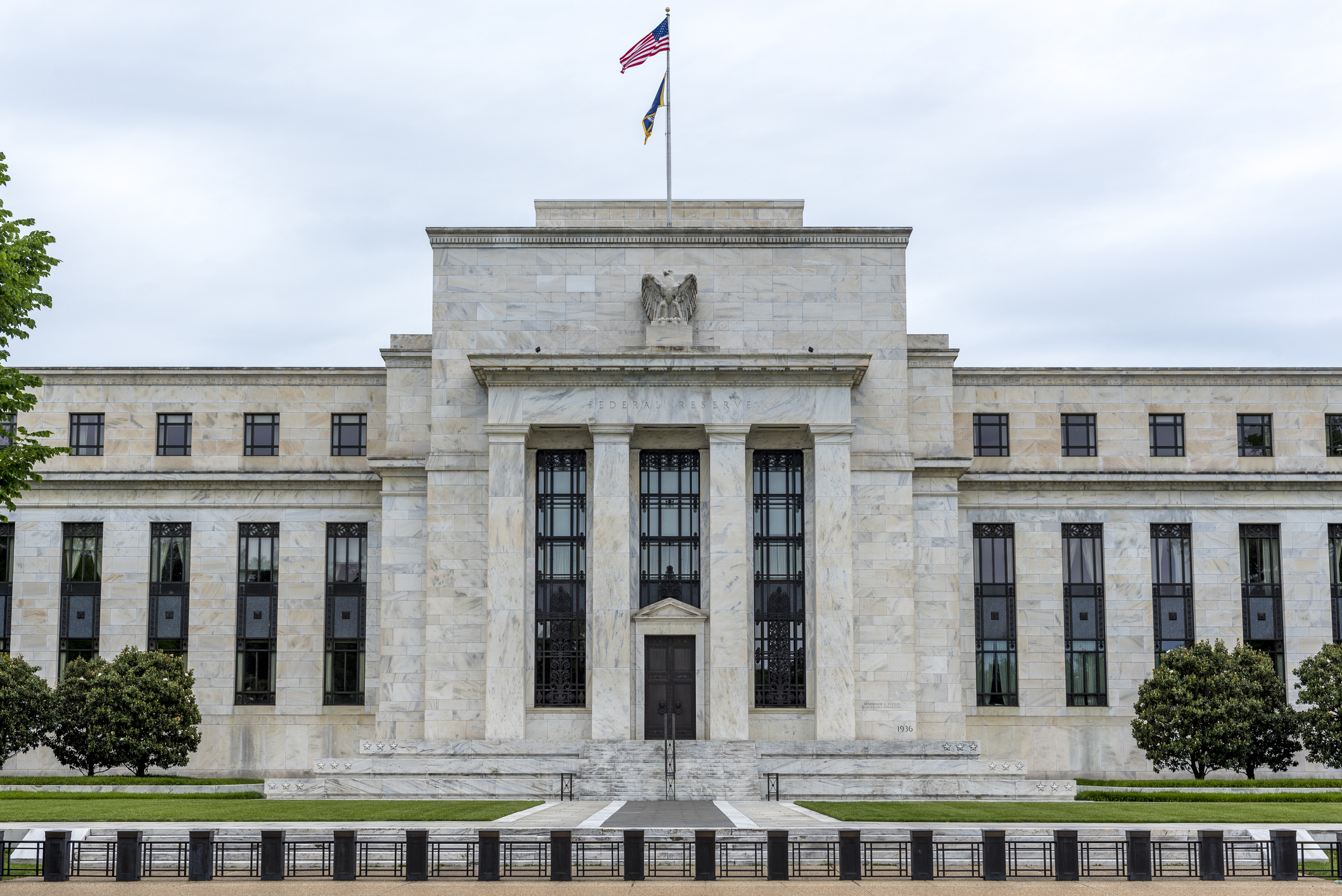 'Governments are launching an assault on the independence of central banks'
'Governments are launching an assault on the independence of central banks'Opinion Say goodbye to the era of central bank orthodoxy and hello to the new era of central bank dependency, says Jeremy McKeown
-
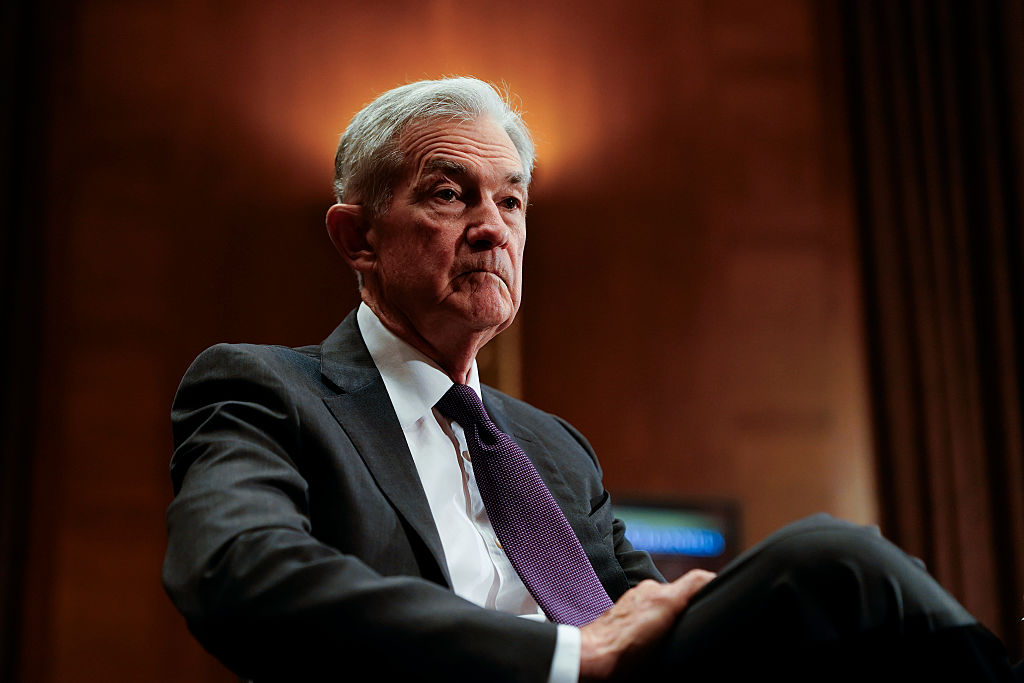 Will Donald Trump sack Jerome Powell, the Federal Reserve chief?
Will Donald Trump sack Jerome Powell, the Federal Reserve chief?It seems clear that Trump would like to sack Jerome Powell if he could only find a constitutional cause. Why, and what would it mean for financial markets?
-
 What's behind the big shift in Japanese government bonds?
What's behind the big shift in Japanese government bonds?Rising long-term Japanese government bond yields point to growing nervousness about the future – and not just inflation
-
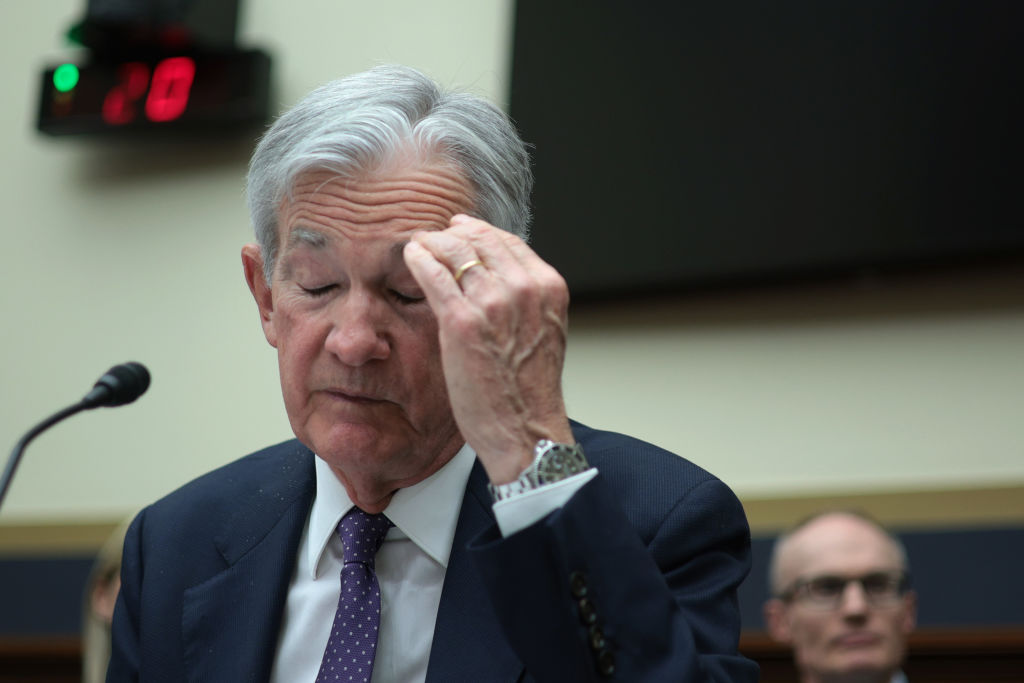 Can Donald Trump fire Jay Powell – and what do his threats mean for investors?
Can Donald Trump fire Jay Powell – and what do his threats mean for investors?Donald Trump has been vocal in his criticism of Jerome "Jay" Powell, chairman of the Federal Reserve. What do his threats to fire him mean for markets and investors?
-
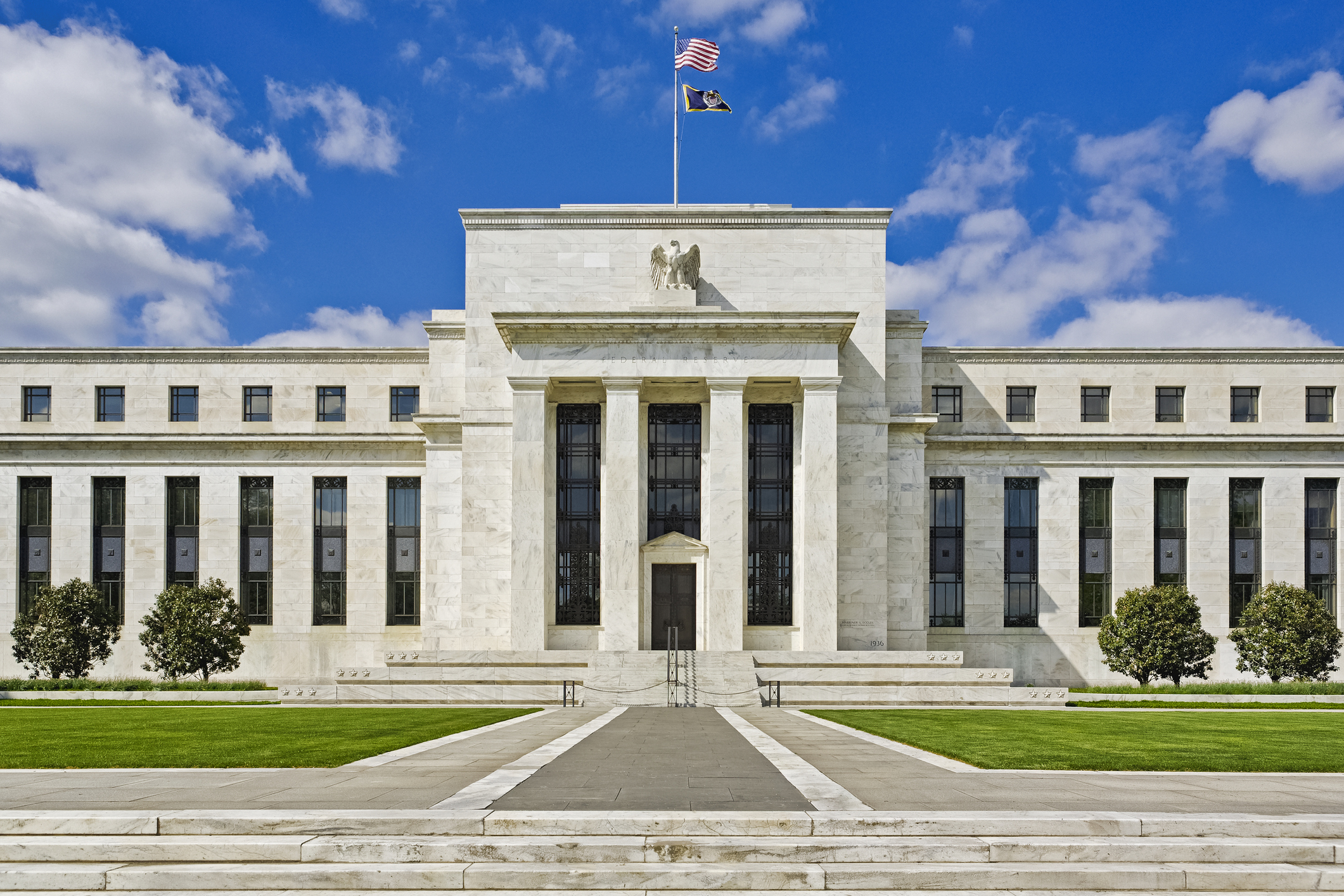 Do we need central banks, or is it time to privatise money?
Do we need central banks, or is it time to privatise money?Analysis Free banking is one alternative to central banks, but would switching to a radical new system be worth the risk?
-
 Will turmoil in the Middle East trigger inflation?
Will turmoil in the Middle East trigger inflation?The risk of an escalating Middle East crisis continues to rise. Markets appear to be dismissing the prospect. Here's how investors can protect themselves.
-
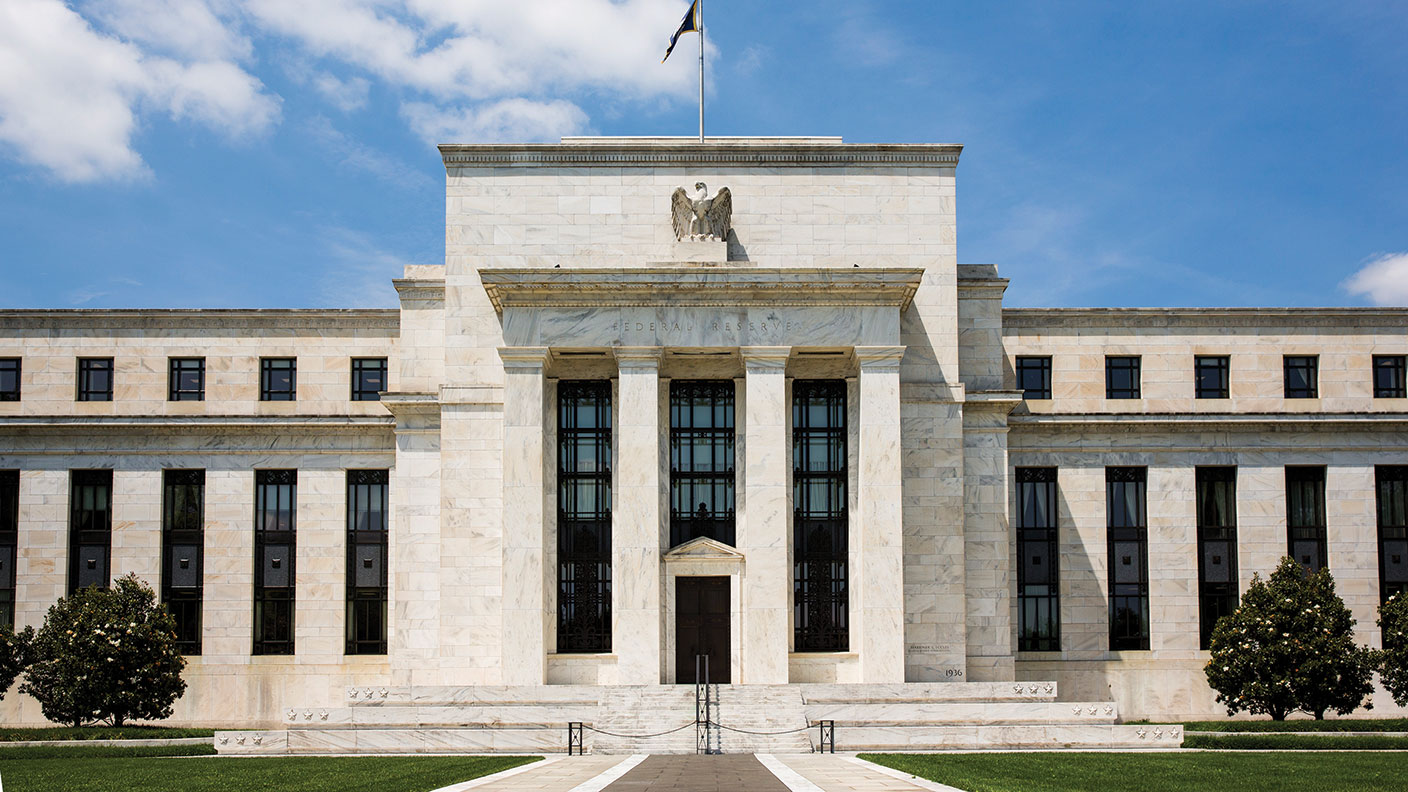 Federal Reserve cuts US interest rates for the first time in more than four years
Federal Reserve cuts US interest rates for the first time in more than four yearsPolicymakers at the US central bank also suggested rates would be cut further before the year is out
-
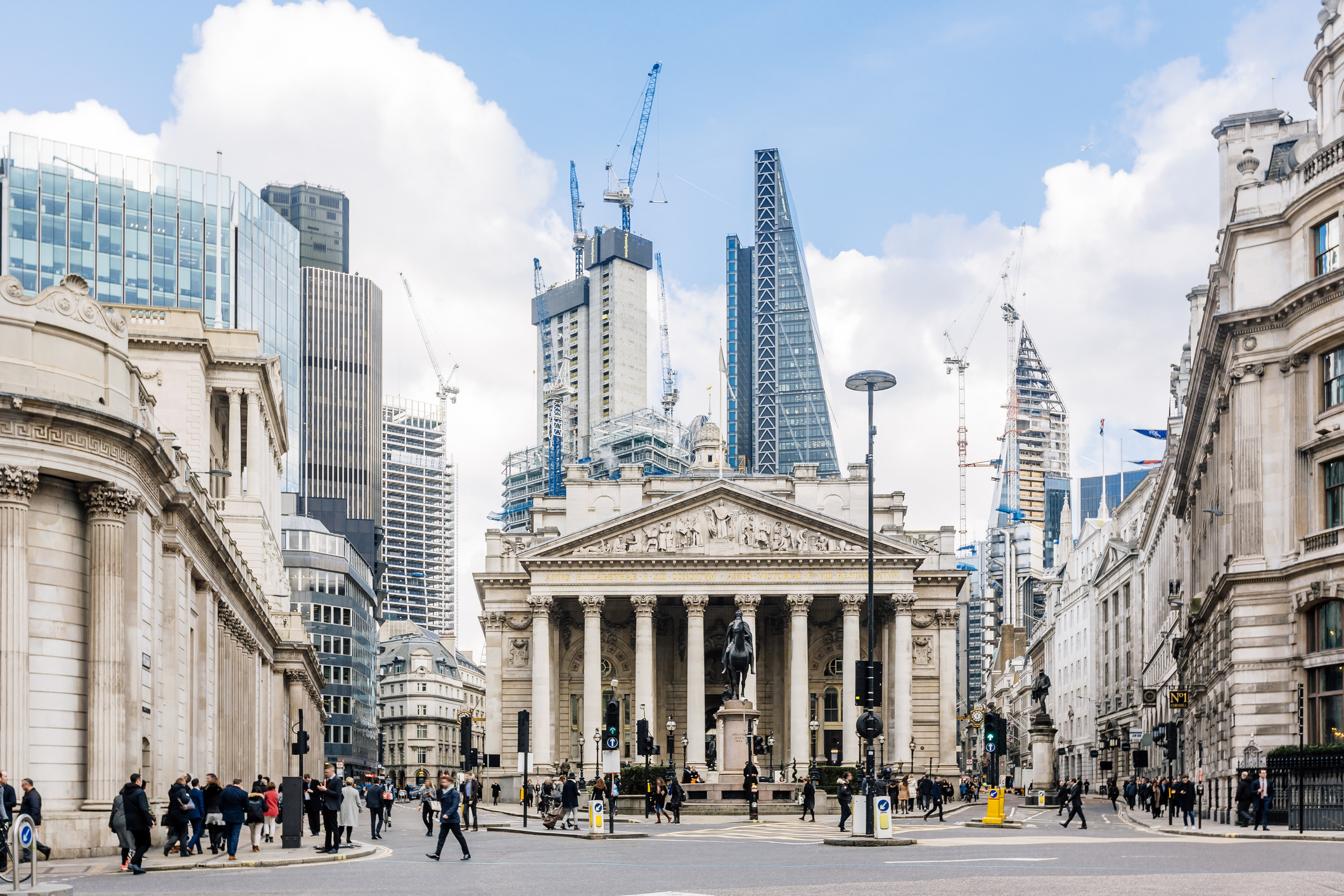 The Bank of England can’t afford to hike interest rates again
The Bank of England can’t afford to hike interest rates againWith inflation falling, the cost of borrowing rising and the economy heading into an election year, the Bank of England can’t afford to increase interest rates again.
